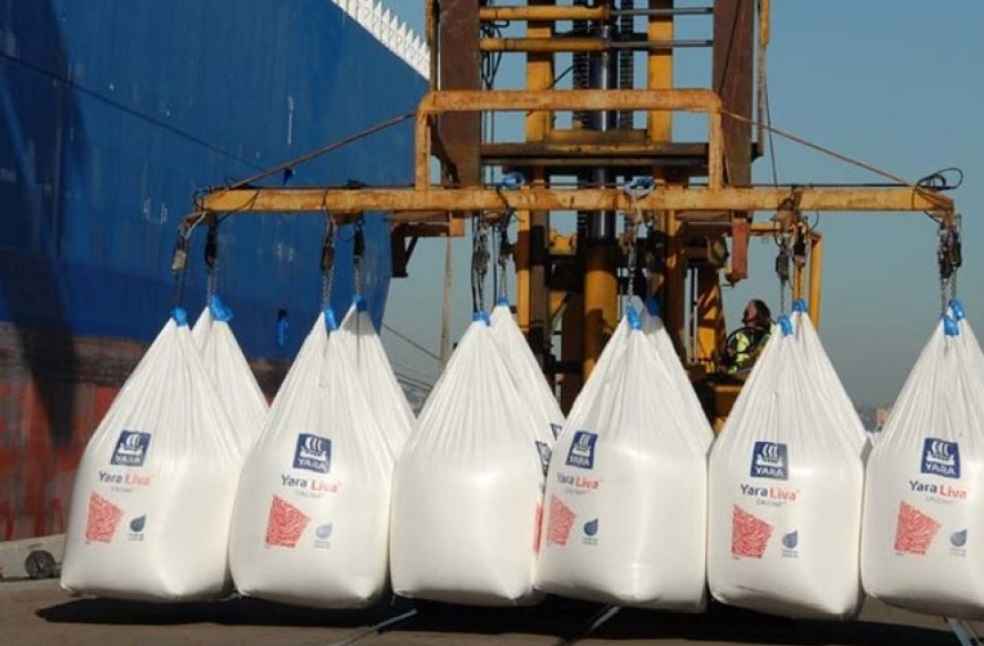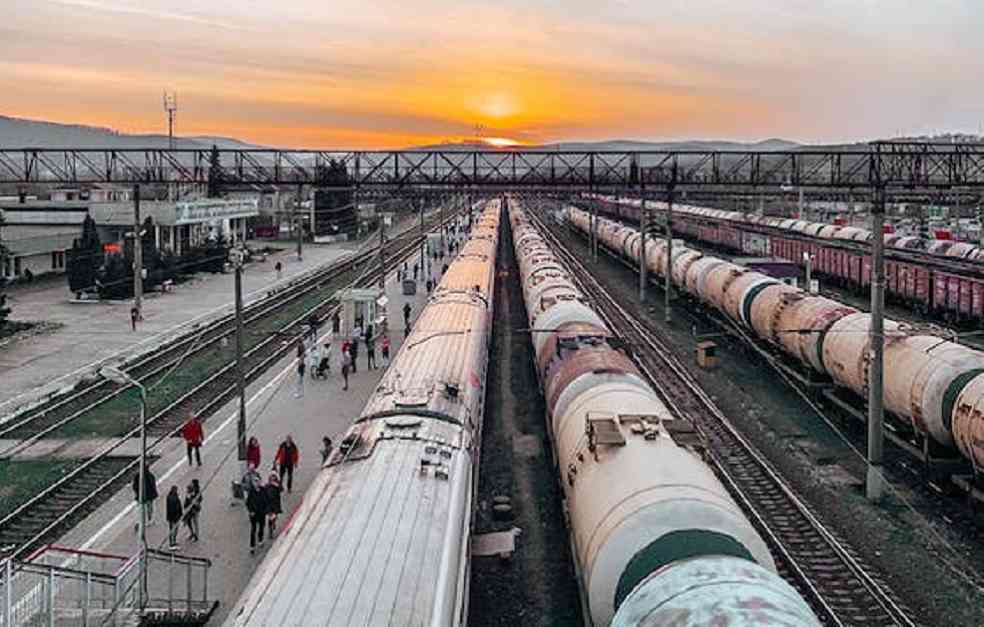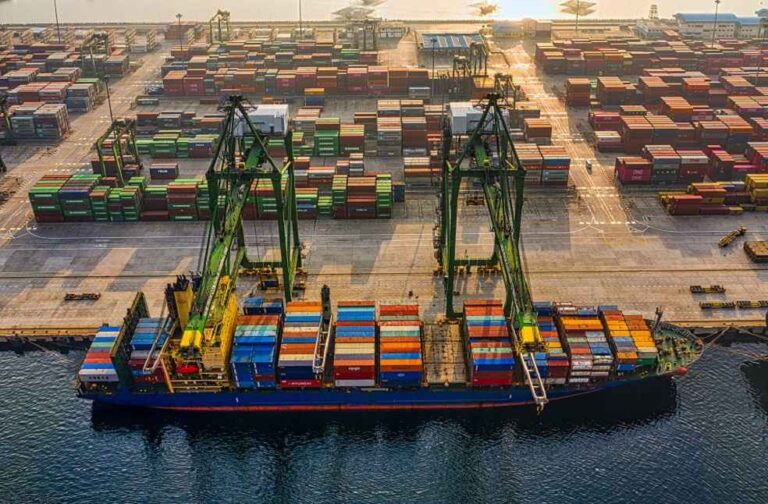Malawi became a crucial multimodal transshipment hub, connecting landlocked neighbors like Zambia to burgeoning ports in northern Mozambique. Recent logistical development, supported by the US foreign aid agency’s Millennium Challenge Corporation (MMC), showcases this strategic shift. Upgrades to road infrastructure and expanded rail freight services mark major progress.
A milestone was reached with a fertilizer shipment from Lusaka to the Port of Nacala, transhipped at Malawi’s Kanengo Station. Kennedy Kwerani, commercial and marketing manager at Nacala Logistics, emphasized this shipment as the inaugural service for the company’s Lilongwe-Nacala Port Railway Freight Transport.

This successful shipment suggests the potential establishment of a Lusaka-Lilongwe-Nacala corridor. Yet, capacity issues present challenges. Research by the Japan International Cooperation Agency (Jica) reveals the obstacle of tariff discrepancy between import and export freight. The import freight tariff stands at 1.6 times higher than the export tariff, reducing rail transport competitiveness for imports.
A 2010 Jica study noted that rail freight between Blantyre and Lilongwe is disadvantaged compared to truck transportation, with rail transit averaging two days versus 12 hours by truck. Despite the age of this report, sources indicate limited logistical improvement in Malawi.

Nacala Logistics views recent enhancements, such as the fertilizer shipment and MMC-backed projects, as indicators of Malawi’s intent to capitalize on its strategic location between Zambia and northern Mozambican ports.
Capacity challenges extend beyond Malawi. A 2020 study by the European Centre for Development Policy Management highlighted Nacala port’s limitations, including restricted storage capacity causing disruptions and delays, impacting cargo quality. Slow container handling times at Nacala, sometimes as sluggish as four to six containers per hour, further discourage shipping lines due to extended ship turnaround times.
LOGISTICS INDUSTRY | Nigeria’s Trade Modernisation to Accelerate Cargo Clearance and Boost Revenue



